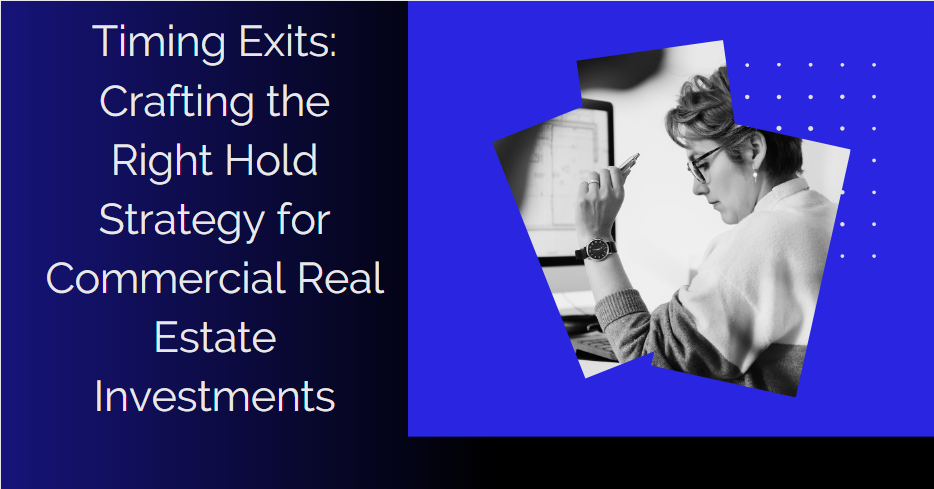Determining optimal hold periods for commercial properties requires balancing multiple considerations. While individual inclinations may be to sell quickly or hold forever, economic cycles, personal goals, and asset specifics warrant a customized strategy.
Align with Investment Objectives
Revisit your real estate investing goals. Seeking stable cash flow? Long-term holds support that. Want to actively trade assets? Shorter durations allow flexibility. Need to build reserves for expansion? Medium holds accumulated funds.
Evaluate Property Type
Hold periods vary by asset class. Multifamily rentals warrant longer holds to realize income over time. However, hotels and specialized properties may require shorter durations to exit during market peaks. Speculative projects may lend themselves to immediate flips once stabilized.
Assess Market Cycles
Economic shifts impact hold strategies. During hot markets with rising property values, extended holds take advantage. Approaching downturns may incentivize earlier exits to capture gains. Use market research to identify coming pivot points.
Factor Capital Plans
Property improvements and leasing costs influence hold outlooks. Assessing future capex needs helps determine realistic durations. Plans to add or renovate units also support longer holds to see expansion or improvement through.
Run the Numbers
Tax implications, cash flow projections, capitalization rate trends - crunch the data from all angles. The math should validate intuitive hold assessments. Just don't let it override market realities.
Rather than generic rules of thumb, develop hold strategies tailored to each asset and adaptable to evolving conditions. Revisit regularly to keep your portfolio aligned with commercial real estate cycles and your objectives.


